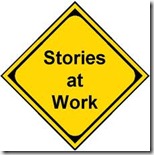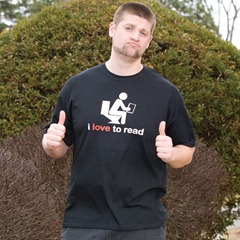Fiction-Zone: Leaps in Fiction Mastery by Diane Holmes
Quick, think of a scene that has great pacing. Got it? Great. Did you think of people fleeing for their lives? Maybe a hero and villain fighting it out? What about a car chase?
Okay, consider this: every scene, no matter how relaxed the characters, no matter how law abiding and ordinary the focus, can have great pacing.
 It’s easy to confuse the concept of pacing with action, because those are the examples we typically talk about. But you can have great pacing in any scene. Just as any scene can sag (no matter how much blood is being spilled).
It’s easy to confuse the concept of pacing with action, because those are the examples we typically talk about. But you can have great pacing in any scene. Just as any scene can sag (no matter how much blood is being spilled).
Think of the quiet books you’ve read. The ones that were not driven by the need to solve a murder or stop the world from exploding. How does something so “slow” capture our attention as readers? Something kept you turning pages. What was it?
Now think of the mind-numbing action scenes where it was one punch after another, so you skimmed over it.
Yeah, action can be boring.
New, Fresh, & Unexpected
The answer to both the quiet scene that works and the active scene that doesn’t is that good pacing requires something new, fresh, and unexpected be unfolding right before the readers eyes.
What does this mean?
As soon as your reader understands what’s happening, imagine her or him putting a checkmark by that paragraph. “Got it!” she says.
If your next paragraph is more of the same, no matter how interesting, your reader will put another checkmark and say, “Yeah, yeah, yeah, I got it.” If the next paragraph is the same, the reader won’t even bother with a check mark. She’ll roll her eyes a bit, and say, “Get on with it.”
This “get on with it” response—this is pacing failure.
What you really want is a response like, “Oh, really!” or “Oh, my!” or “No way!”
If we are in a chase scene, chasing alone isn’t interesting enough to create good pacing. The next paragraph of the chase must contain something new, fresh, and unexpected.
If the character is wounded and running for his life, the next paragraph cannot just be more of the character being wounded and running. It must contain something fresh.
If the scene is about a mother and daughter talking about their day and how the mother is going to make dinner, the next paragraph needs to contain something fresh & unexpected, even if it’s “quiet.”
Behind scenes that work, even quiet scenes, is a framework built out of new information.
And now for a few pacing tips and tricks to bring something fresh to your scenes. Ask the following questions at the paragraph level, the “unit of action” level, and the scene level. Continue reading Pacing and the Thirst for Something Fresh (Blood Optional)





